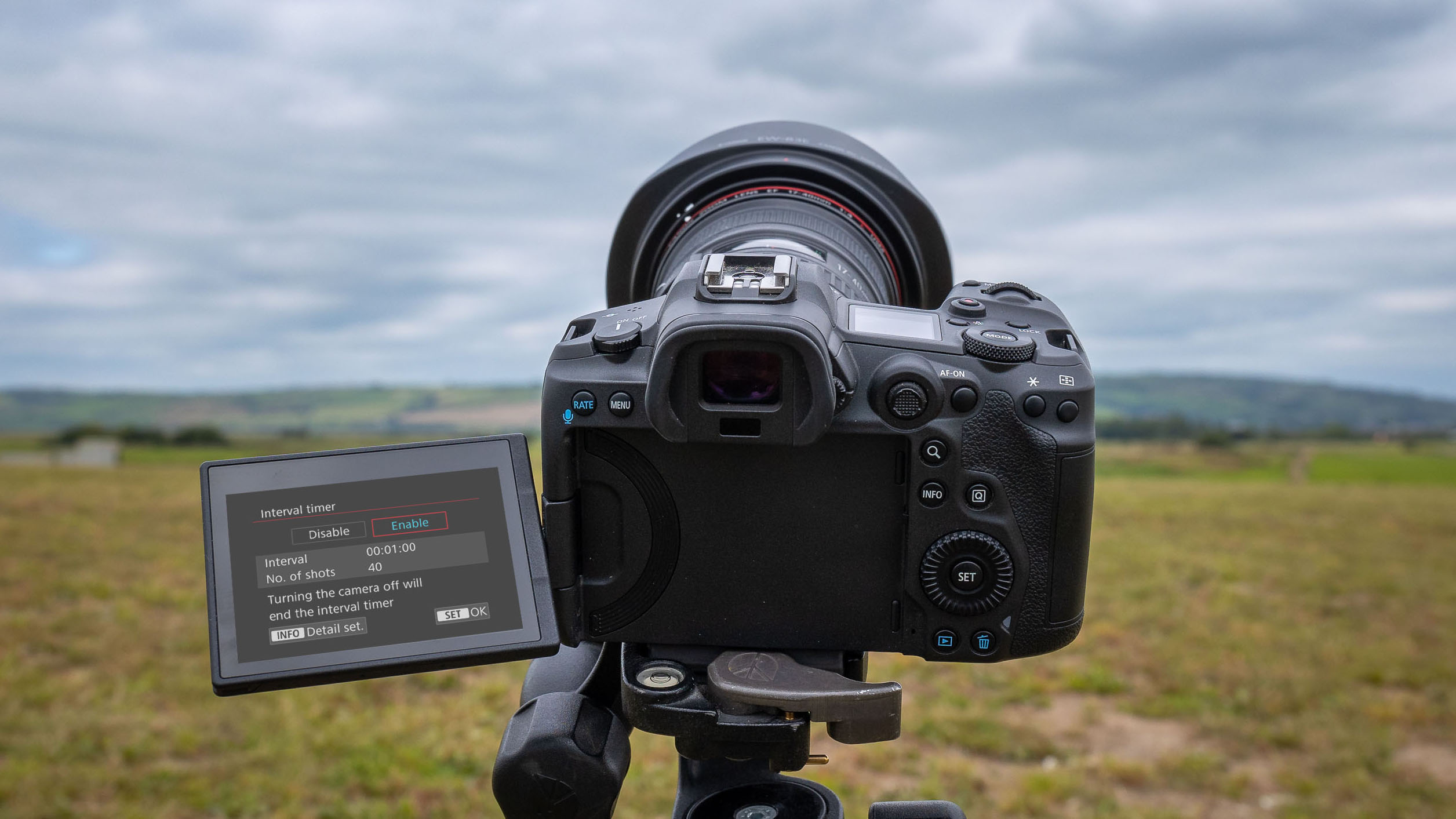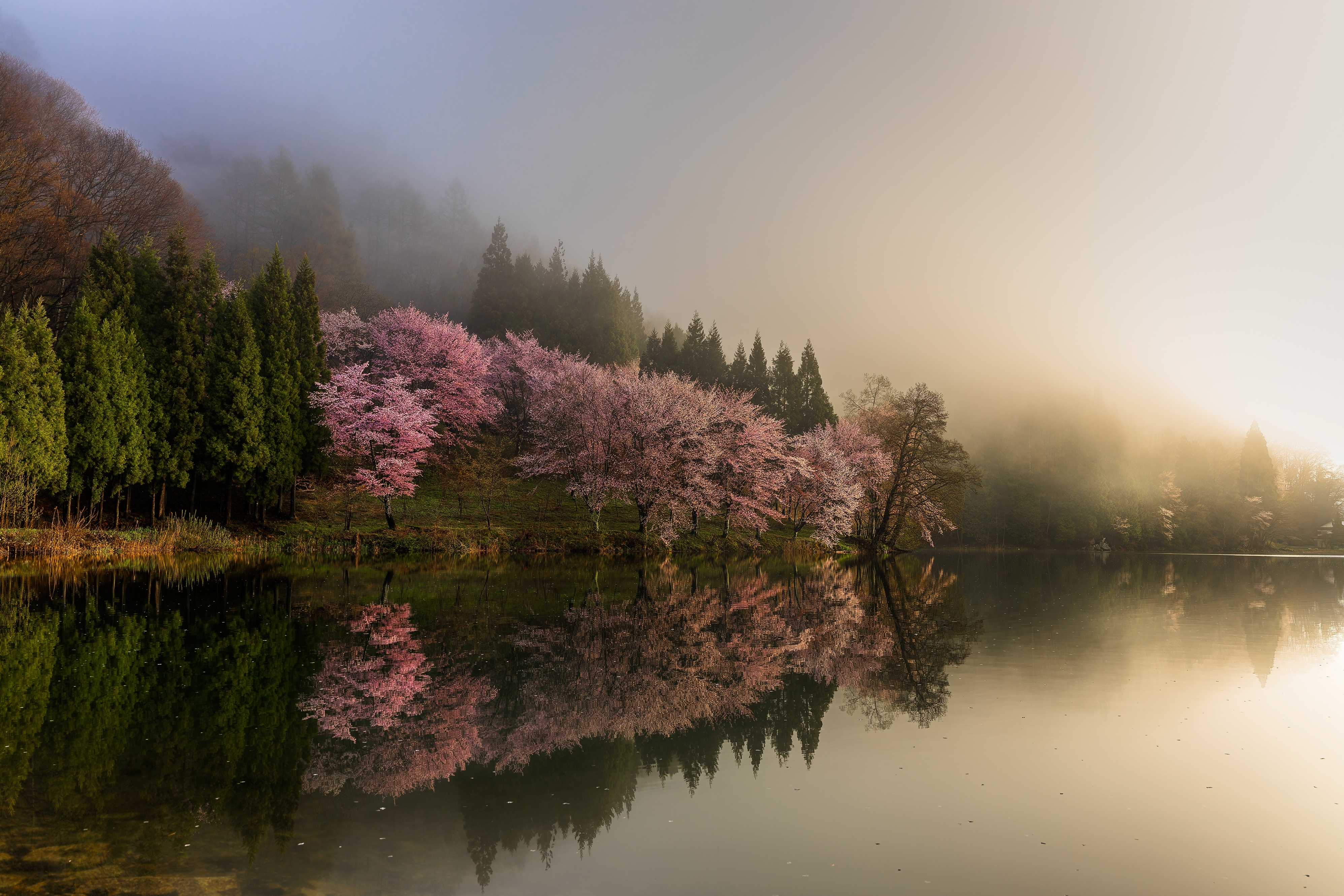Timelapse movie mode or interval timer - which should you choose on your Canon camera?
Shoot interval timer or timelapse movies to show a subject changing

Timelapse movies and the interval timer are quite similar, in that they capture a series of still images at a preset time interval. Capturing images over extended periods of time is a great way to show progression – such as a large building project or the transition from daytime to nighttime – and is primarily used for movies, but not exclusively.
The interval timer function is available when shooting still images, the interval between shots can be configured from 10 seconds to 99 hours, 59 minutes and 59 seconds. You can select a specific number of images up to 99 or leave the camera to run until the card fills up or the battery runs out. Once the sequence starts, the camera will save images as RAW or JPEG still frames based on your camera settings and with the resolution you choose.

Brian is a freelance photographer and photo tutor, based in Oxfordshire. He has unrivaled EOS DSLR knowledge, after working for Canon for over 15 years, and is on hand to answer all the EOS and photographic queries in Canon-centric magazine PhotoPlus.
Visit Brian's website
If you want to make these in to a movie you need to edit them with a computer or mobile app. Time-lapse shooting is a function available when the camera is set to movie shooting mode. Similar to the interval timer, you preset the number of pictures to be captured and the interval.
Helpfully most cameras show you how long the sequence will take to capture and the duration of the finished movie clip. You can capture up to 3600 frames at intervals from 2 seconds to 99 hours, 59 minutes and 59 seconds. Depending on the camera you might be able to FHD with 1920 x 1080 pixels resolution, 4K resolution with 3840 x 2160 pixels or even 8K on the EOS R5. The camera captures the still images and compiles them into a single movie.
Typically most sequences of images captured are compiled in to a movie clip, and for this timelapse makes the movie clip for you so is a good choice. While the interval timer option needs additional processing, you gain a lot of flexibility to adjust exposure by individually processing RAW images. This makes it the preferred choice for specialists who capture day to night sequences where the exposure changes significantly. Interval timer shooting is the better choice if only a few images are needed to show progression of construction project or even leaves falling from a tree in autumn. The interval timer captures images at the camera’s full resolution which also allows larger prints, or flexibility to pan over the movie clip when editing.
PhotoPlus: The Canon Magazine is the world's only monthly newsstand title that's 100% devoted to Canon, so you can be sure the magazine is completely relevant to your system. Every issue comes with downloadable video tutorials too.
If this article was of interest you might also like to find out more about the best Canon cameras, along with the best Canon DSLR lenses or best Canon RF lenses for mirrorless bodies.
The best camera deals, reviews, product advice, and unmissable photography news, direct to your inbox!
Brian is a freelance photographer and photo tutor, based in Oxfordshire. He has unrivaled EOS DSLR knowledge, after working for Canon for over 15 years, and is on hand to answer all the EOS and photographic queries in Canon-centric magazine PhotoPlus.



